50 Shades of Quartzite (AKA, is quartzite porous?)
karin_mt
5 years ago
last modified: 5 years ago
Featured Answer
Sort by:Oldest
Comments (24)
karin_mt
5 years agolast modified: 5 years agokarin_mt
5 years agoRelated Professionals
Lenexa Kitchen & Bathroom Designers · Manchester Kitchen & Bathroom Designers · Newington Kitchen & Bathroom Designers · Roselle Kitchen & Bathroom Designers · Clovis Kitchen & Bathroom Remodelers · Eureka Kitchen & Bathroom Remodelers · Linton Hall Kitchen & Bathroom Remodelers · Niles Kitchen & Bathroom Remodelers · South Lake Tahoe Kitchen & Bathroom Remodelers · Vista Kitchen & Bathroom Remodelers · Forest Hills Kitchen & Bathroom Remodelers · Alafaya Cabinets & Cabinetry · Forest Hills Cabinets & Cabinetry · Potomac Cabinets & Cabinetry · Tooele Cabinets & Cabinetrycarladr
5 years agomjammjam
5 years agoBoxerpal
5 years agochispa
5 years agochispa
5 years agolast modified: 5 years agokarin_mt
5 years agocarladr
5 years agoJoseph Corlett, LLC
5 years agoJeffrey R. Grenz, General Contractor
5 years agojmh0405
last yearLindsey Brady
last yearJoseph Corlett, LLC
last yearjmh0405
last yearJoseph Corlett, LLC
last yearjmh0405
last yearmxk3 z5b_MI
last yearkarin_mt
last yearjmh0405
last yearkarin_mt
last yearCassie Darling
6 months ago
Related Stories

KITCHEN COUNTERTOPSWhat’s the Difference Between Quartzite and Quartz Countertops?
Weigh the pros and cons of these popular kitchen countertop materials
Full Story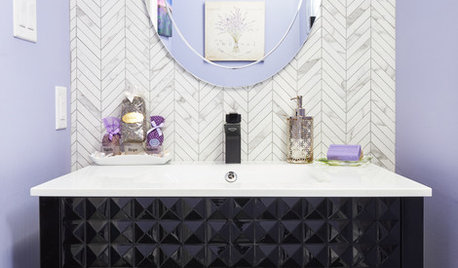
BATHROOM COLORPowder Room Palettes: 10 Purples That Pack a Punch
See how paint, tile and wallpaper in shades of purple make these rooms pop
Full Story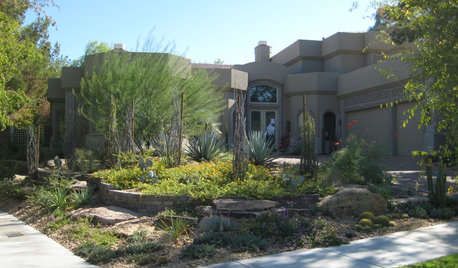
GARDENING AND LANDSCAPINGLush Garden in the Las Vegas Desert
Beauty goes hand in hand with water savvy in a couple's oasis of green in the Nevada desert
Full Story
KITCHEN OF THE WEEKKitchen of the Week: Good Flow for a Well-Detailed Chicago Kitchen
A smart floor plan and a timeless look create an inviting kitchen in a narrow space for a newly married couple
Full Story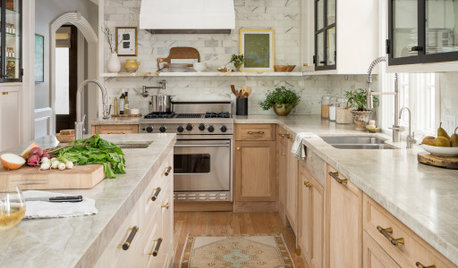
KITCHEN MAKEOVERSKitchen of the Week: Refaced Cabinets and Fresh Style
A Houston designer updates her kitchen with materials and methods that create bright new style on a budget
Full Story
DECORATING GUIDES10 Popular Home Design Trends — Timely or Timeless?
Weigh in on whether these of-the-moment decorating elements will have staying power or become a memory of these times
Full Story
KITCHEN COUNTERTOPS7 Low-Maintenance Countertops for Your Dream Kitchen
Fingerprints, stains, resealing requirements ... who needs ’em? These countertop materials look great with little effort
Full Story
KITCHEN DESIGNDream Spaces: 12 Beautiful White Kitchens
Snowy cabinets and walls speak to a certain elegance, while marble counters whisper of luxury
Full Story
HOUSEKEEPINGHow to Clean Marble Countertops and Tile
Acidic solutions can damage your marble surfaces. Here’s how to keep marble looking clean and amazing
Full Story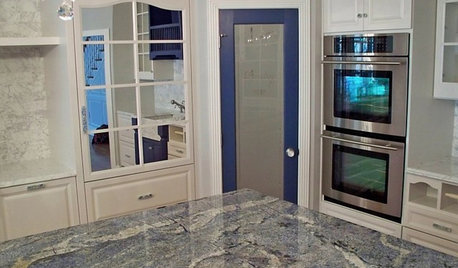
KITCHEN COUNTERTOPSKitchen Counters: Granite, Still a Go-to Surface Choice
Every slab of this natural stone is one of a kind — but there are things to watch for while you're admiring its unique beauty
Full StoryMore Discussions








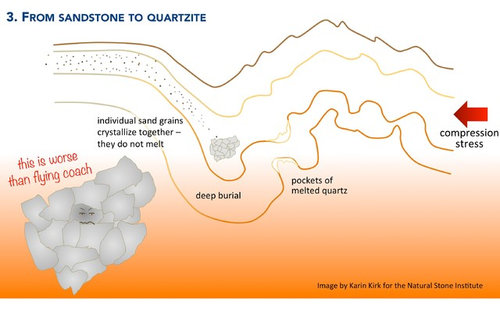
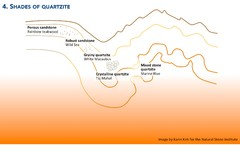

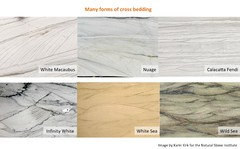


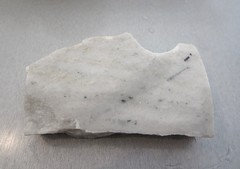
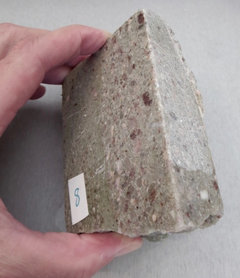

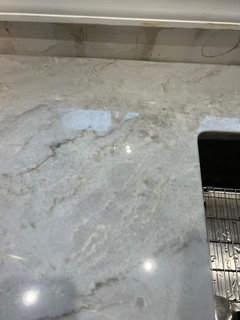
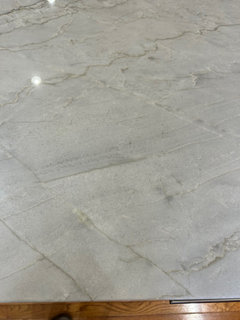
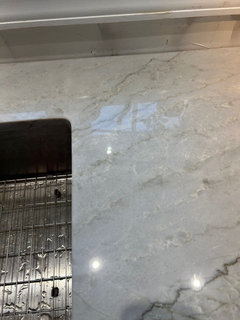
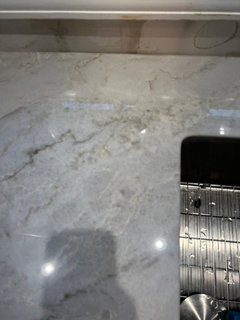



karin_mtOriginal Author